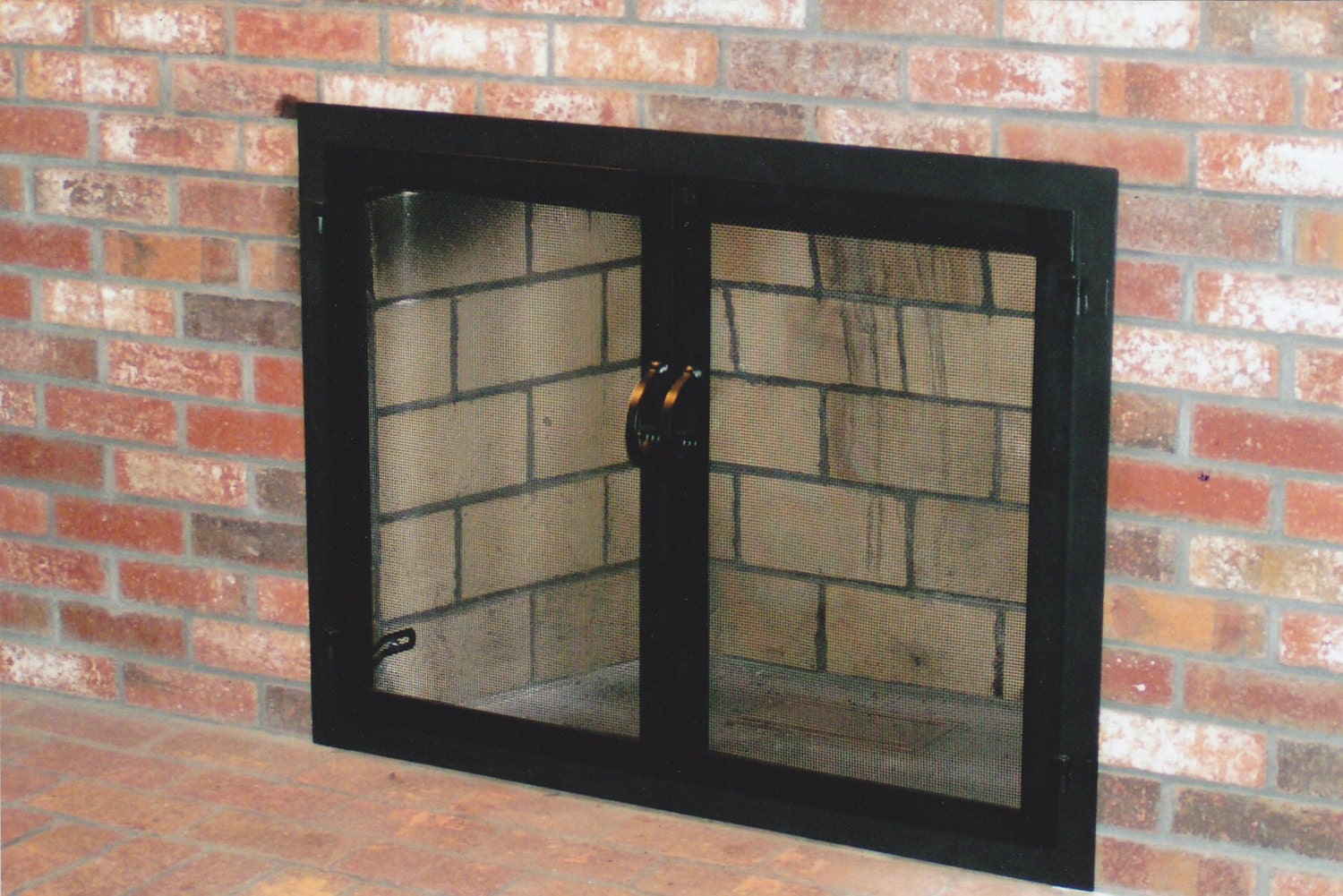Trying to sell a house is challenging enough, and if you’re selling a home from out of state, it can be positively intimidating.
Property and maintenance costs can add up quickly on an empty home, and you don’t want to have to buy special vacant-home insurance.
Whether you’ve had to relocate because of a new job, are selling a second home, or are trying to settle the estate of a former relative, a few simple steps can help you to sell quickly and avoid carrying charges for property that you’re not living in.
Remember, when you’re selling a home from out of state, your goal is to get the best price for your property in a reasonable period.
If you take the time to address these crucial areas before you carry on with your life in another state, you’re likely to secure a sale quickly—so you’re not carrying multiple mortgages or paying for upkeep on an empty home.
1. Choose a Realtor Carefully
Much of the success of the sale of your home is going to hinge on using a realtor, who will be responsible for showing and marketing the home, checking on it in your absence, possibly hiring contractors to handle upgrades and repairs, and ensuring there is a smooth sales transaction.With so much riding on your selected real estate agent, interview a few recommended agents and determine which one you can rely on the most. You’ll want to find someone to partner with who is readily available, even if you’re calling from another time zone, and responsive to potential buyers.
2. Pick the Right Price
Because you’re trying to sell the home quickly, it’s important to price the home accurately rather than test the market with a high figure and take price cuts later.Your for-sale listing will have the most impact as soon as it is published. That’s when you’re most likely to get fair market value for the home—before people start questioning why your house has sat on the market for so long.
Rely on your agent to look at the home and advise you on how best to price it after looking at comparable home sales. Ask him or her to predict how long the home will remain on the market at that price compared to other price points.
Also be sure to determine in advance the highest and lowest price you’d want to accept for the home. When multiple people have an interest in a property—for example, when siblings are selling a deceased parent’s property—you don’t want to get into last-minute squabbles about what the property is worth and possibly let a sale fall through.
3. De-Clutter
Buyers want a home that looks move-in ready. That means you’ll need to make sure the place is clean and free of clutter.If you need to clear out a deceased relative’s belongings, first remove important documents and heirlooms—and then consider using an auction company and professional cleaner to get the most value from the former belongings and to dispose of what is left over.
Be sure to make any necessary home repairs and don’t ignore cosmetic upgrades. Although you don’t need to renovate the entire home, it’ll help to fix major problems, have the home professionally cleaned and repainted, and show off the hardwood floors.
With that in mind, before you skip town, you might want to hire an on-call handyman to address last-minute repairs who can accept online payments.
4. Set the Stage
Because you’re probably taking most of your belongings with you when you move out of state—or are trying to get rid of a relative’s belongings if you’re clearing out a home—it’s probably in your best interest to hire a professional stager who can help your home look its best.Homes that are staged and are appropriately priced consistently sell faster than non-staged properties.
5. Take Professional Photos
Once you have everything in its place and are ready to show off your home, do so with professional photos.A professional photographer will know how to best capture your home’s best features. Especially now that many potential home buyers start shopping online, professional photos can enhance your listing.
You’d be surprised how many potential home buyers are turned off by something as trivial as having the toilet seat up in the photo of the bathroom.




